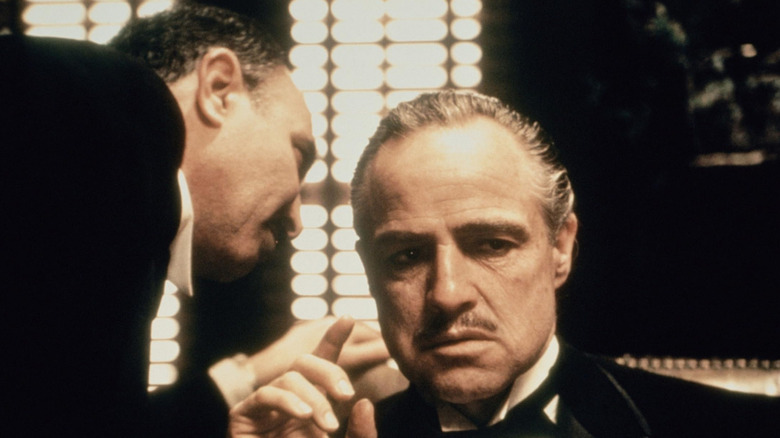
The Origins of the Modern Blockbuster
While "Star Wars" and "Jaws" are often credited with starting the modern blockbuster era, it's worth considering that "The Godfather," released in 1972, actually laid the foundation for this new kind of cinematic phenomenon. The film was not only a critical success but also a massive financial hit, earning $250 million globally on a modest $6-7 million budget. This extraordinary performance earned it the title of a "super-grosser," as defined by the New York Times in 1978. A super-grosser is more than just a box office hit—it's a film that becomes a national obsession, a cultural touchstone that everyone feels compelled to experience.
What Makes a Super-Grosser?
Beyond financial success, the New York Times identified several key traits that define a super-grosser. One of the most notable is the presence of an iconic soundtrack. "The Godfather," "Star Wars," and "Jaws" all feature memorable scores that became instantly recognizable. These soundtracks even found their way onto radio stations, providing free advertising that no traditional marketing campaign could match. For example, the simple E and F note from "Jaws" played at a house party can remind people of the film, making it a part of everyday culture.
Another defining characteristic of these films is their ability to feel like cultural events. Michael Eisner, then president of Paramount, emphasized the importance of audiences feeling that they had to see a movie because everyone else would be watching it. The goal of a movie trailer, he said, was to get people lined up for a hit before it even happened.
The Evolution of Big Budget Films
The 1970s marked a turning point for Hollywood, as studios began actively trying to replicate the success of previous super-grossers. This shift led to increased investment in high-budget blockbusters, with less focus on lower-budget films. Director Steven Spielberg highlighted this trend when discussing his follow-up to "Jaws," "Close Encounters of the Third Kind." The film's high cost meant it had to become one of the highest-grossing movies of its time.
This gamble paid off, but it also set the stage for even bigger risks. The big-budget approach taken with "Close Encounters" in 1977 eventually led to the astronomical production costs of "Avatar: The Way of Water" in 2022, which needed to earn over a billion dollars to be considered profitable. While "Avatar" succeeded, other attempts at creating super-grossers did not fare as well. For instance, "Indiana Jones and the Dial of Destiny" grossed $384 million worldwide, but its high budget turned it into a financial flop.
The Current State of Hollywood
Today, Hollywood’s pursuit of super-grossers has reached an extreme, with mid-budget films often relegated to streaming services while only the latest big-budget releases receive theatrical attention. This trend is a stark contrast to the humble beginnings of "The Godfather," which focused more on mature themes and character development rather than spectacle. In today’s landscape, a film like "The Godfather" might not even get the same level of support.
For those interested in staying updated on major movie and TV news, there are several ways to keep informed. Subscribing to a free newsletter is one option, as well as adding preferred sources to search platforms like Google. These resources can help you stay in the loop on the latest developments in the entertainment industry.

Post a Comment